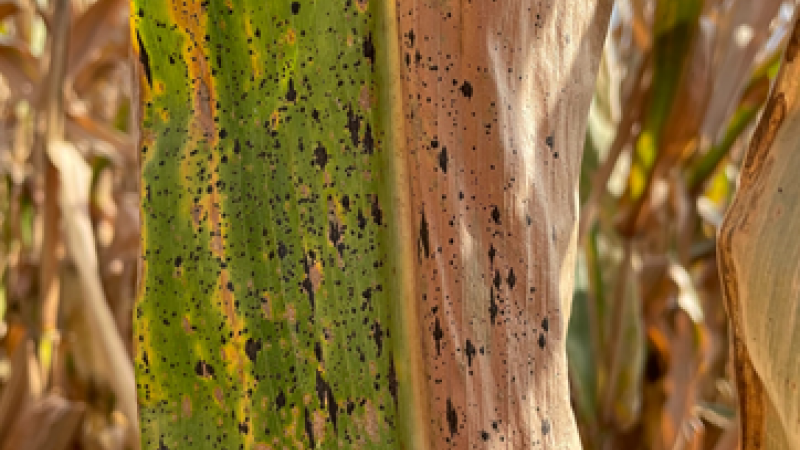7 Tips to Make Corn on Corn a Success on Your Farm
Craig Langemeier, Western Product Agronomist
February 18, 2021
It’s that time of year again when producers are putting together their crop plans for the 2021 growing season. With the recent blast of cold weather, it feels like planting is far away, but, in fact, April 1 is only five weeks away. If you haven’t made decisions as to what crop to plant on every acre yet, here are seven tips that can help if you decide to grow corn on corn in the 2021 growing season:
- Hybrid selection: When selecting a hybrid for corn on corn acres, Hoegemeyer has a full line-up of Qrome® brand products ranging from 91-day to 116-day products to fit your farm’s specific needs. A second characteristic that would be important is to select a product with an average (5) to above average (6) seedling vigor score to help ensure stand establishment in high residue situations.
- Herbicide Trait Selection: One of the biggest challenges of corn on corn is how to control volunteer corn. There are essentially two options if there is corn on the ground from the previous growing season. The first is crop rotation to soybeans or another broadleaf crop. The second is SmartStax® EnlistTM corn from Hoegemeyer. EnlistTM products that we offer can help control volunteer corn on your farm.
- Fungicide Applications: Two common residue-borne diseases are very common in the Hoegemeyer footprint. In Eastern Nebraska, Western Iowa and South Dakota, we see Northern corn leaf blight almost every year. Gray leaf spot is common among the entire Hoegemeyer footprint. Luckily, both of these diseases can be controlled with a VT-R2 fungicide application, so make sure to scout corn on corn fields prior to tassel and see if a fungicide application might benefit your farm.
- Later planting date: Corn on corn fields will typically have higher residue than rotated acres. By planting your highest residue fields later in the season, you are giving the soil a chance to warm up and will get a more even stand across the field.
- Added Nitrogen: In a typical corn soybean rotation we would expect to get about 45 pounds of Nitrogen per acre from the soybean residue. This means that to grow corn on corn with a comparable yield to soybeans, we will need to apply an additional 30-50 pounds of Nitrogen per acre in a corn on corn system.
- Added Phosphorus: When looking to add macronutrients to our crop, you use a soil test as a base for how much we will need to attain an expected yield. If you grow corn on corn and expect 200 bu/acre, you will need to apply additional Phosphorus (P) to get the yield you expect. A 200-bushel corn crop will remove 74 pounds P2O5 from the field versus a 60-bushel soybean yield that will only remove 48 pounds of P2O5. For this reason, additional P may be needed to maintain high yield expectations.
- Residue Management: In a corn on corn system excess corn residue can be a challenging problem. In areas where the ground is gently sloping, conventional tillage may be the best way to help cut and bury residue. In areas with hills there are a few less options for dealing with residue, but you can get some relief from strip-tilling on a contour or no-tilling while using row cleaners to create an open area for the corn to emerge.
Consider these 7 tips when deciding whether corn on corn is the right choice for your operation in 2021. If you have any product questions, feel free to contact your local Hoegemeyer DSM or Agronomist.
Sources
- Mitigate the downside risks of corn following corn. Corny News Network. Purdue University. https://www.agry.purdue.edu/ Owen, M. 2007.
- Volunteer corn control. 2010 Crop Production Clinics Proceedings. University of Nebraska-Lincoln Extension. http://nlc1.nlc.state.ne.us/ Erickson, B. and Alexander, C. 2008.
Previous

